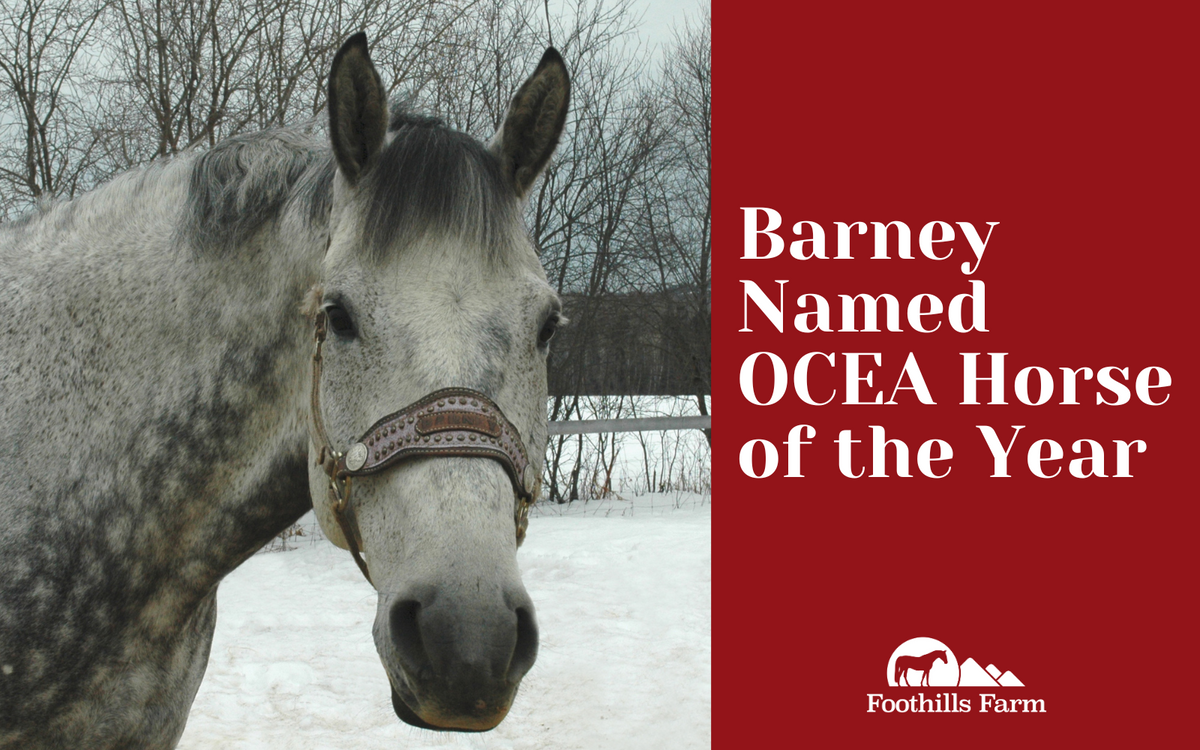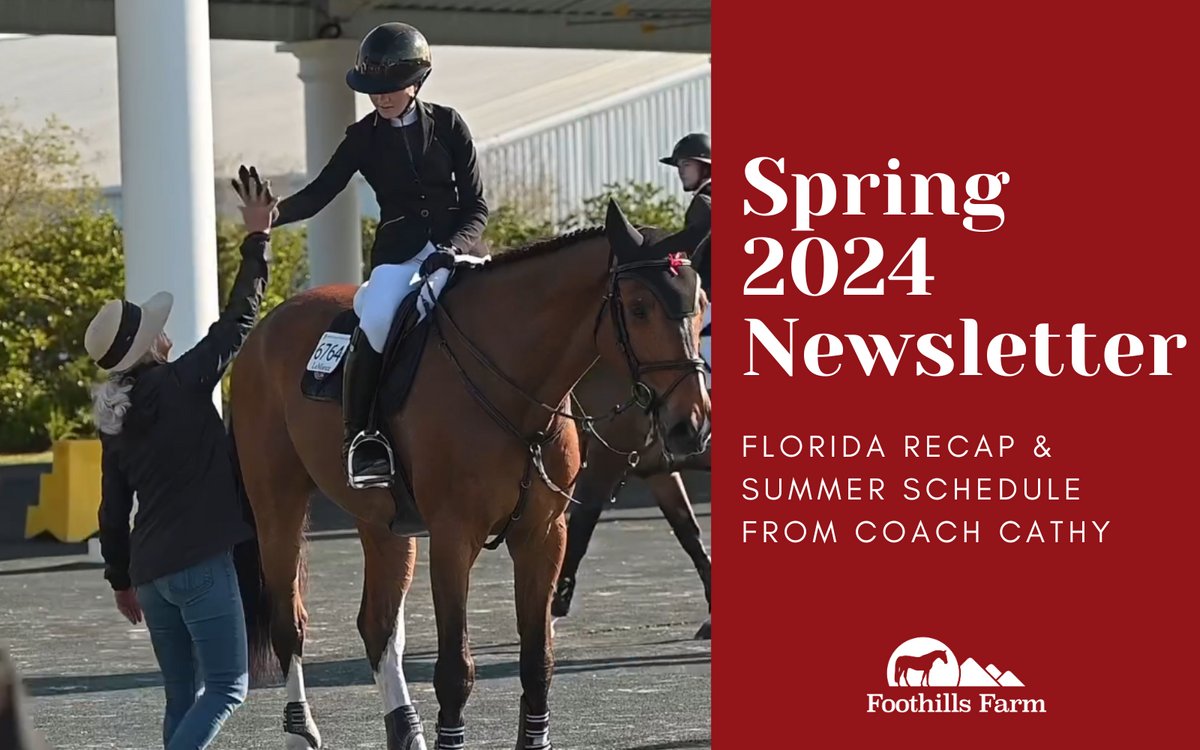What To Do Between Lessons

So now you're on your own to do a half an hour of flat work on your pony or horse. It is not a lesson day, what to do?? There are many things that you can practice and make your half hour well worth your effort. Remember your horses are creatures of habit, everything you do is teaching them, if you allow them to cut the corners or stay behind your leg at the walk, trot, or canter that is what they will learn to do. They do not know when it becomes important to do a better job of something. Practice does not make perfect, PERFECT PRACTICE MAKES PERFECT. You are always the trainer.
Where To Start?
When you first get on you should always take the time to make yourself comfortable. If your stirrup length doesn't feel right, correct it. You can certainly ride one hole longer when you're just doing flat, in fact it helps to get more of your leg around the horse to make it more effective. Take the time to go over your position, a great exercise is to stand up and sit down in your stirrups. Make sure you can do that easily and that your lower leg stays in place, it doesn't slip forward or you don't fall forward because your leg goes back.
Often in the winter when we first get on our horses they can be a little bit fresh and spooking at things in corners, or not wanting to go up to one end of the ring. You need to take the time to correct this. Don't get angry or frustrated, just plan this in every ride so that you know it's going to take some time.
Spooking is an evasion from the leg, either not wanting to move away from the leg into something they're looking at, or not wanting to go forward from the leg because there may be ghosts in the corner. If you're doing your flat work correctly it should get easier and easier to ride the spook. Take your time, move toward the spook, and allow them to move away from it a little, as forcing it can cause a fight.
Each time you go toward the spook or into that corner ask your horse more and more to move closer. Don't make an issue just keep slowly moving into it. Eventually, as they warm up and become less fresh they will give it up.
If part of the spook is because of noise, for example a tractor clearing snow outside, or snow coming off the roof, then maybe it's best to avoid that area until the noise is gone, or you can try plugging their ears with earplugs designed for that purpose. I usually plug horses ears in the winter.
Warming Up
So now let's get some work done! As you are warming up you can practice riding the quarter line. Remember, when you're jumping you are always coming off the wall to head to the jump. Your outside leg and hand then become the wall so you can hold the horse straight . That is often difficult and practicing quarter lines can be very effective.
Turn 6 or 8 metres off the track, pick something straight ahead that I call a focal point and practice riding a straight line toward your focal point at the other end of the arena. Do not allow your horse to shift toward the outside or to fall in to cut the corner.
Riding straight lines is a bit of a trick as horses often have a stiff side they like to wander toward and if you're always on the wall you don't always feel that. The same exercise can be done at all three gates.
Lateral Work
You can start tying in some simple lateral work like circles, turns and changes of direction. Do not make things too complicated. You always want to make sure you have your riding instructor around when you do something new.
It is great to practice something that you have learned in your lesson, like simple leg yield on two tracks. You can use your quarter line to practice a simple leg yield, move away from the inside leg toward the wall. Keep your horse bent in the direction of the turn, move him laterally from the inside toward the outside. Keep his body on a 30 ° angle with the wall, with the shoulder always leading the leg yield.
This gets him off of your inside aids and moves him toward your outside wall, yielding from the inside leg. Make sure the horse stays going forward and always practice equally in both directions. It is best done at the sitting trot.
Three loop serpentines are also great lateral work to practice. For this you try to divide your ring into three equal parts. Make sure when you are turning to go across to the other side that your horse has four to six straight steps on the center line before you change the bend to the new direction.
Serpentines help you to feel if your horse's body is straight and also helps you to understand what direction your horse might be more difficult to turn. Keep in mind that most corrections are done with more leg and less hand.
More Exercises
Lengthening and shortening strides is also a very good exercise, as you would like to make sure your horse goes forward off of your leg. If he is moving well laterally from your leg then he should move away in a forward direction the same way. You can practice ten strides at the sitting trot in a little bit of a collected gate and then go forward to ten strides at the medium trot, back to ten strides at the sitting trot and forward again to the medium trot. Repeat until it becomes easy and your horse does not resist your hand or evade your leg.
Carrying a stick can help to reinforce the leg. I like to cluck then tap with the stick if a horse will not respond to my leg. That way a horse knows the stick is coming next and will listen to your cluck if a bit dead to your leg. Never use your stick for discipline other then not listening to your leg. One tap should work and always just use the stick right behind your leg.
You need to make sure that your horse is absolutely straight when you lengthen and shorten, they like to escape you through one side of their body, but you always want them to lengthen and shorten equally on both sides of their body. Another lengthening exercise can be a working trot on a twenty-meter circle and then go to a medium or extended trot up the long wall. This exercise can be done at the canter as well and once you are sure you are doing a good job you can also practice it on the quarter line. Riding that exercise in the 2 point is also good practice.
Improving Jumps
Going forward and straight and being able to bring them back softly is basically what you want to be able to accomplish on a jumping course. Leg yielding before the corner is a great exercise to set up a lead change. Basically jumping a course is 350-450 meters of flat work with some obstacles in between. If you practice your flat work with these exercises and other simple exercises learned in previous riding lessons, you will definitely improve upon your jumping. Think about the last course you jumped, whether it was in a lesson or in a horse show. Think about the difficulties you might have had on a course and how it would relate to your flat work and practice these exercises to improve it. Lead changes, riding jumps on straight or broken lines, smoothly and controlling your rhythm is all about your flat work.
A balanced position, great rhythm and straightness all help to create your horse's proper balance. This is what makes it all work. Remember to always reward your horse. You are a partnership and you want them to love you as much as you love them.
Happy flatting everyone.
Coach Cathy
Also in Blog

Barney Named North Zone Horse of the Year by OCEA
Foothills Farm is thrilled to announce that Barney has been named the North Zone Horse of the Year at the Ontario Collegiate Equestrian Association (OCEA) Year-End Banquet!

Spring 2024 Cathy Inch Newsletter
It's been a while! With the current trend of social media, newsletters seem to be a thing of the past. However, we always have a lot of news from the competition scene and also a lot of plans for an incredible summer. We don't want our Northern Ontario gang to miss out.



